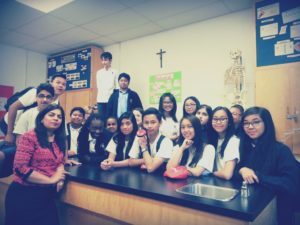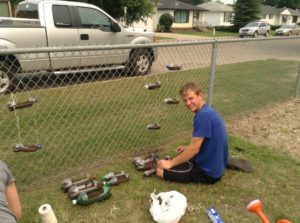2016, Winnipeg, Manitoba, Canada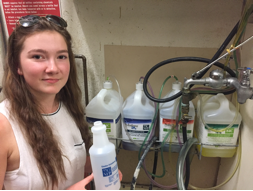
Madeline Mann from Miles Macdonell Collegiate in Winnipeg decided to improve the water quality in her community by convincing her school to change to more environmentally friendly cleaners.
“I live in the Cooks – Devils Creek watershed and I think the biggest problem this watershed faces right now is the fact that community that I live in has been on a boil water advisory since 2002.
The idea of switching out one of the school cleaning products with an environmentally friendly one is a simple way to reduce the amount of chemicals that our school is putting into our watershed. I have found the product I would want to switch it 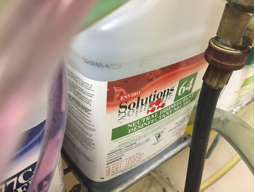 with, I have done the necessary research and I have determined the cost and quantity that my school would need for cleaning. By changing into an eco-friendly product our watershed will benefit and the water quality will improve because there is less chemicals flowing into the watershed.”
with, I have done the necessary research and I have determined the cost and quantity that my school would need for cleaning. By changing into an eco-friendly product our watershed will benefit and the water quality will improve because there is less chemicals flowing into the watershed.”
Not only was Madeline successful, this was implemented in the whole school board and required no financial support from the contest.

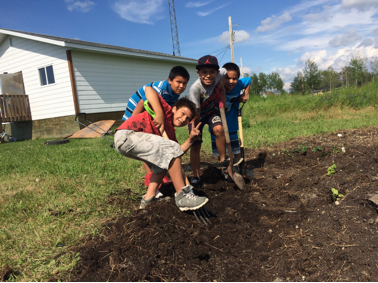
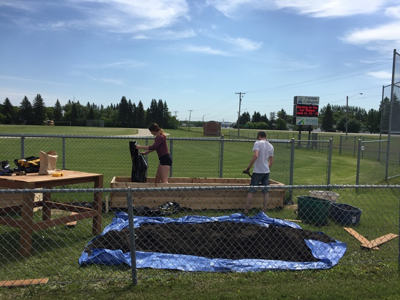
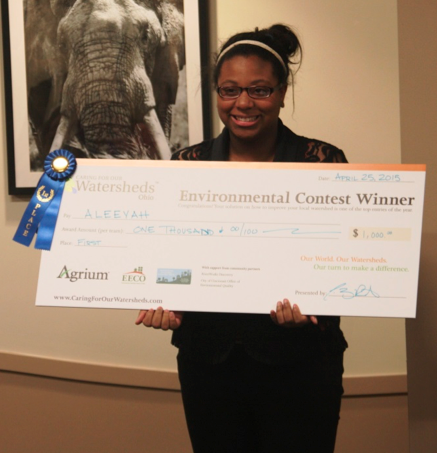
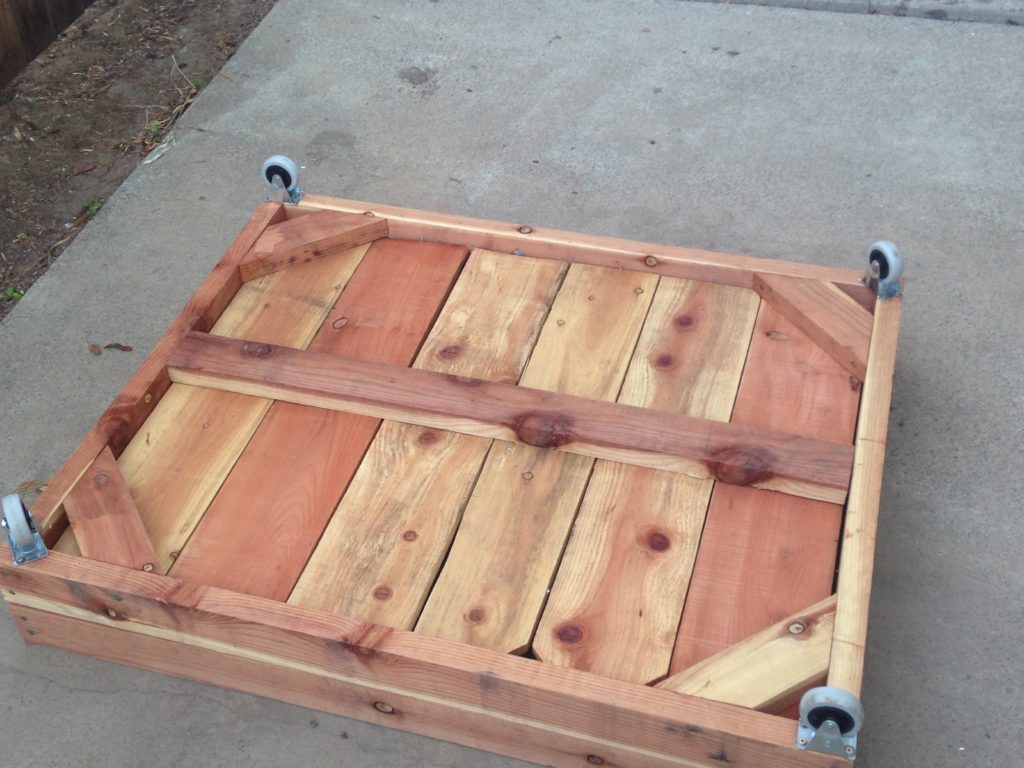
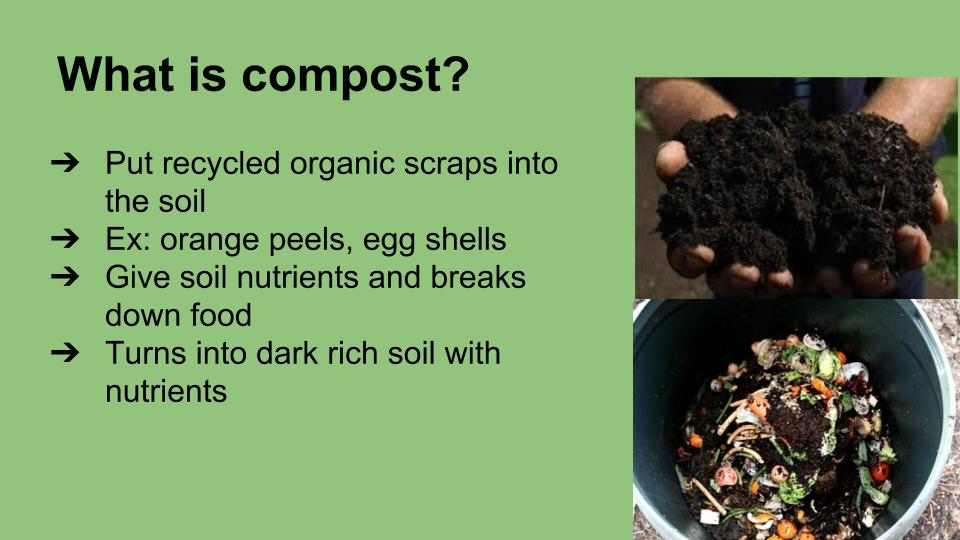 group then planned and delivered a lesson to freshman at school on the benefits of compost, utilizing their demo garden bed and preliminary results from their own experiment.
group then planned and delivered a lesson to freshman at school on the benefits of compost, utilizing their demo garden bed and preliminary results from their own experiment.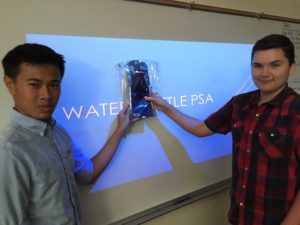
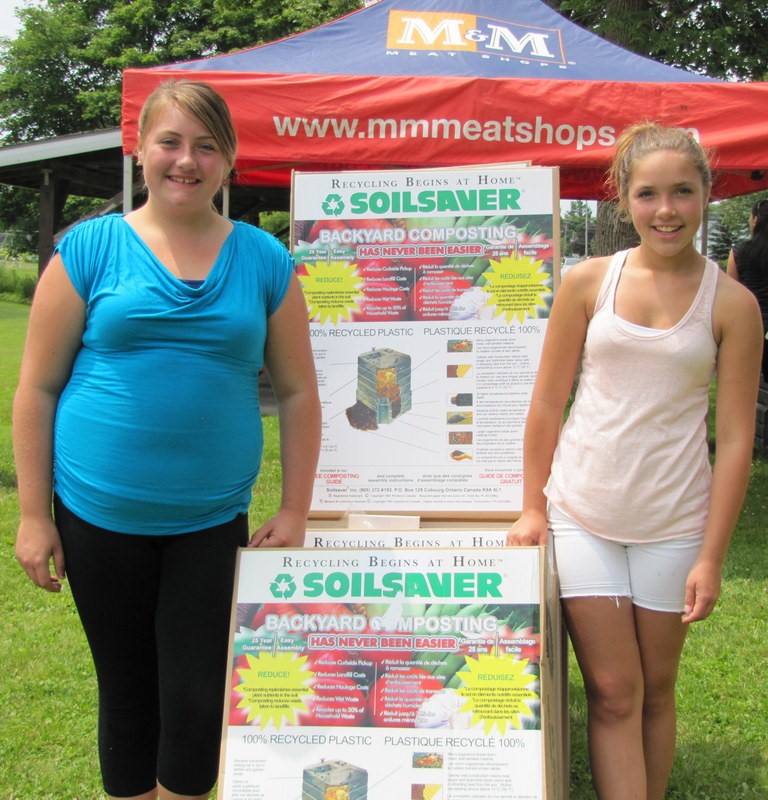
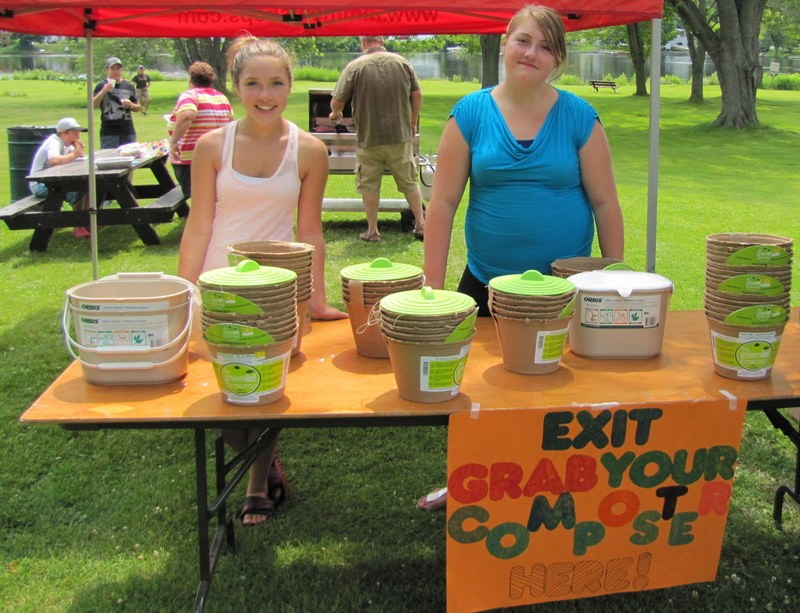 The end result of their hard work was giving away 100 composters to people in the Campbellford community. They hope that this will turn into a ripple effect and that people in their community will continue to spread the word.
The end result of their hard work was giving away 100 composters to people in the Campbellford community. They hope that this will turn into a ripple effect and that people in their community will continue to spread the word.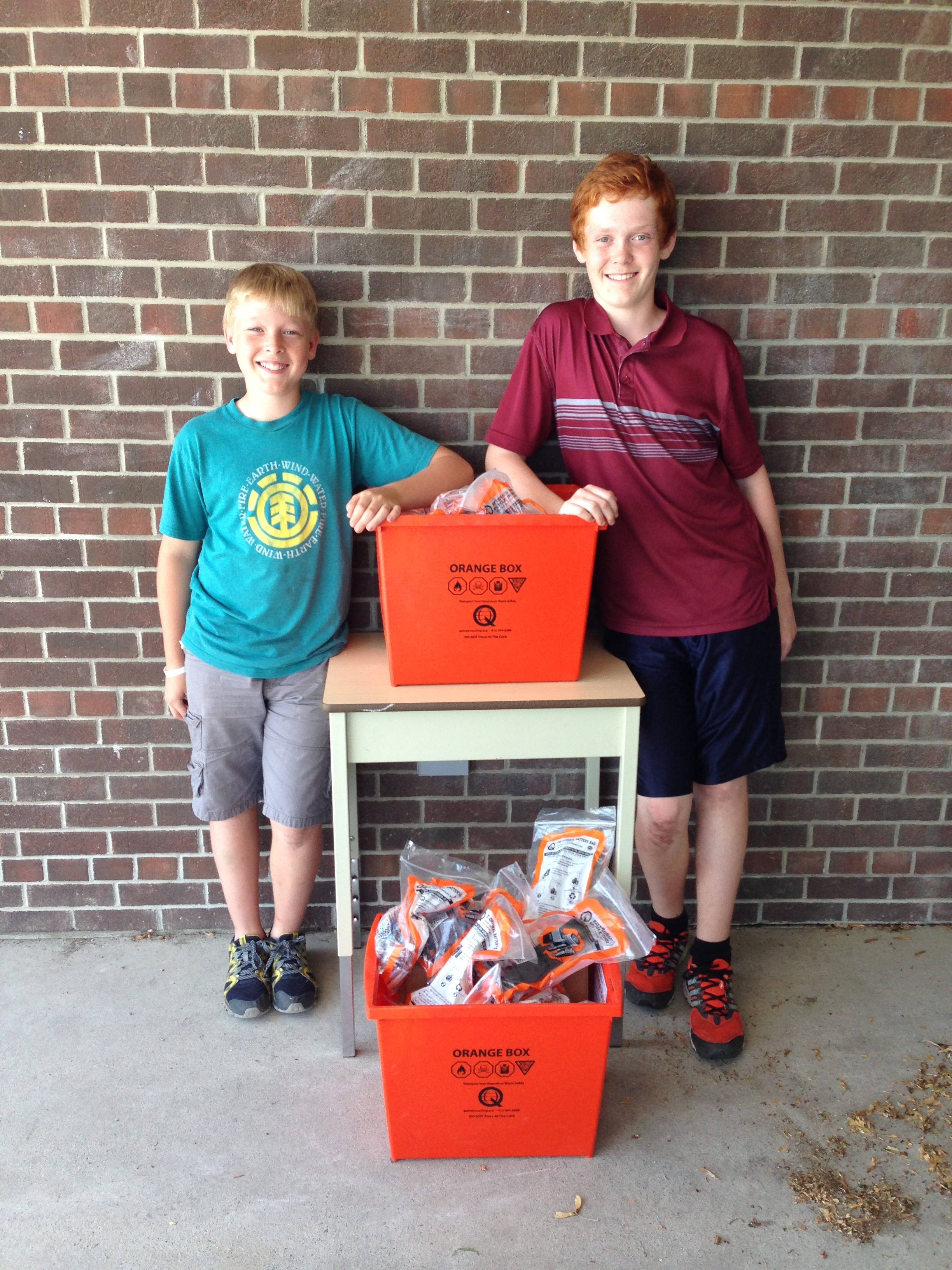
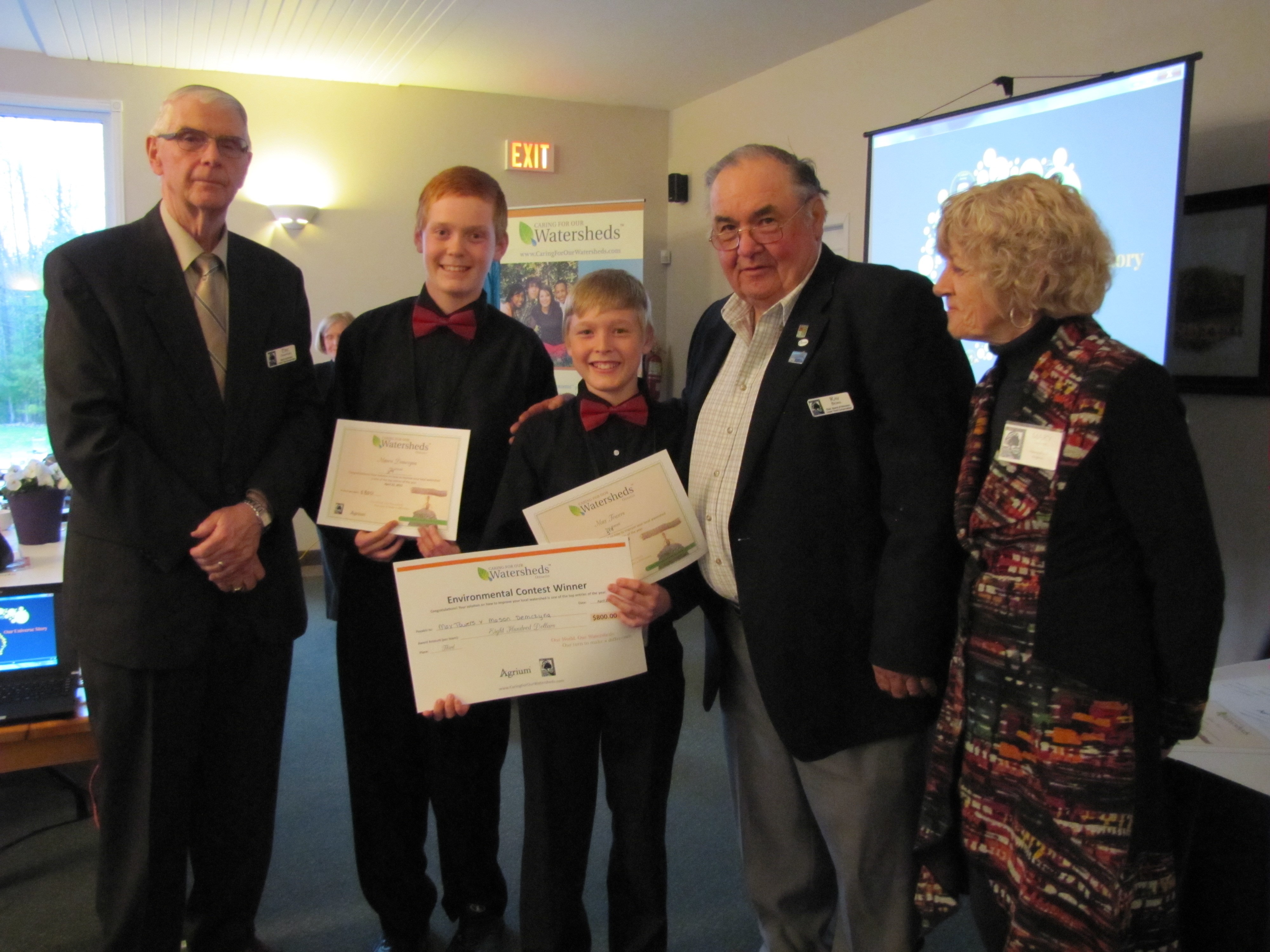 Mason and Max have already held a battery drive at their school where they collected approximately $4,000 batteries. As they are in grade 7 they will be returning to Murray Centennial in the fall of 2015 and plan to hold several battery drives in the 2015-2016 school year. Caring for our Watersheds implementation funding will be used to print educational materials promote the importance of recycling batteries and their collection program.
Mason and Max have already held a battery drive at their school where they collected approximately $4,000 batteries. As they are in grade 7 they will be returning to Murray Centennial in the fall of 2015 and plan to hold several battery drives in the 2015-2016 school year. Caring for our Watersheds implementation funding will be used to print educational materials promote the importance of recycling batteries and their collection program.